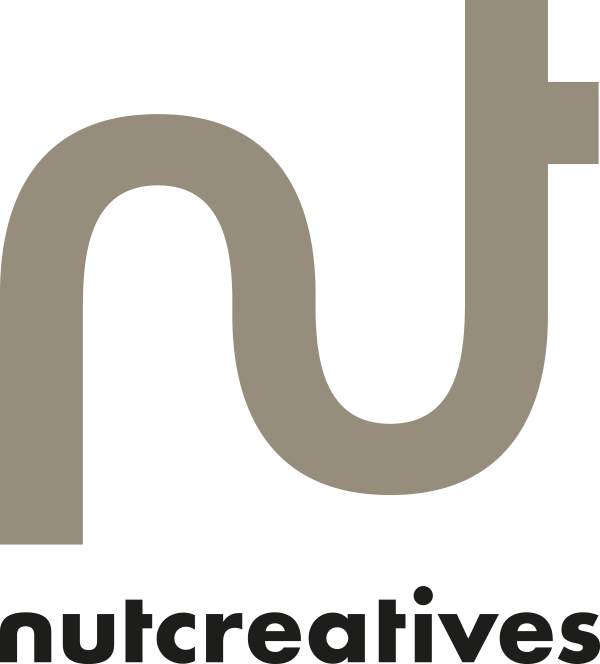Circular design
We have a lot of experience designing products, packaging and stands under sustainability criteria. We accompany you in the execution of projects with suppliers and experts from our wide network of collaborators to make your ideas real, and thanks to circular economy criteria and our deep knowledge in sustainability you’ll get this result with the best possible environmental impact.
Some of our Circular Design services:
- Product design introducing circular design strategies
- Technical development
- Supplier and material research from our wide database
We have a lot of experience leading projects that combine sustainability and design to achieve a result that is functional, beautiful and has a good impact.
A circular context
Looking beyond the current take-make-waste model, circular economy promotes to decouple economic activity from the consumption of finite resources, designing waste out of the system. It’s at the center of the action plan of most of the administrations and organizations in the world, and it is based on three principles:
Design out waste and pollution
Keep products and materials in use
Regenerate natural systems
From design to circular design
In this new context of circular economy, most of the products, systems and services will have to evolve radically from their actual model to be adapted to this new paradigm. Design is the discipline that will lead this transformation in a way that will be accepted by users and customers, applicable by the suppliers and profitable for companies.
One of the most accepted definitions of industrial design -and our favorite one- says that Industrial design is a creative activity that determines the formal qualities of objects produced by industry. These formal qualities are not only the external features but are principally those which convert a product to a coherent unity both for the producer and the user.
For that reason in Nutcreatives we use a step-by-step design process divided in six stages in order to achieve the goals desired by our clients, with continuous checkpoints with the client:
Understand the context
It’s impossible to introduce improvements without understanding deeply the current situation. Here we study where are the environmental impacts along the life cycle of the similar products or services and we quantify them, we analyze the requirements of the user, the aesthetics, colors and textures that can work properly, the production possibilities that our client or the suppliers have, and the desired product positioning in comparison of competitors.Introduce ecodesign strategies
It’s the moment to think in sustainable design strategies that will alleviate or compensate the impacts studied in the stage before, and to think about how these strategies will impact in the way this product is produced, sold, used and managed when it reaches its end of life.Conceptualization
It’s the most creative stage of the process. We start developing concepts that solve the requirements of the analysis stage, and we apply the sustainable design strategies giving the product an attractive shape that solves every one of these requirements.Design
We determine the main formal properties of the products using 3d technical software. We do renders, we choose materials and finishings, we develop prototypes -quick handmade ones, and some precise 3d printed others- and we reach a design that is ready to be developed.Technical development
In collaboration with our suppliers, or the ones of our client, we solve technically the design in order to get an easy production. We develop joints, pieces and assemblings, we determine prototyping and production prices, and if necessary, we accompany you in the realization of the pre-seriesEnvironmental analysis and KPI’s
At the end of the design process, we make environmental measurements and stablish indicators to understand the improvements we have achieved. This is a really strong tool to communicate its environmental benefits to final customers.


